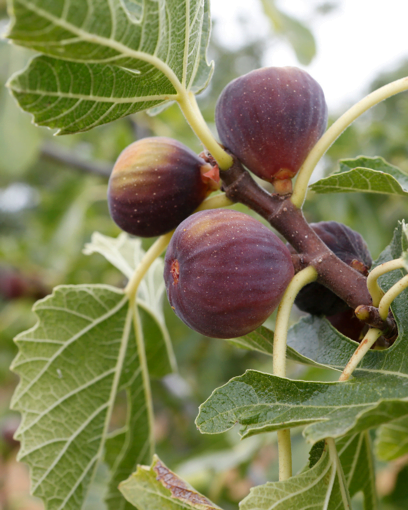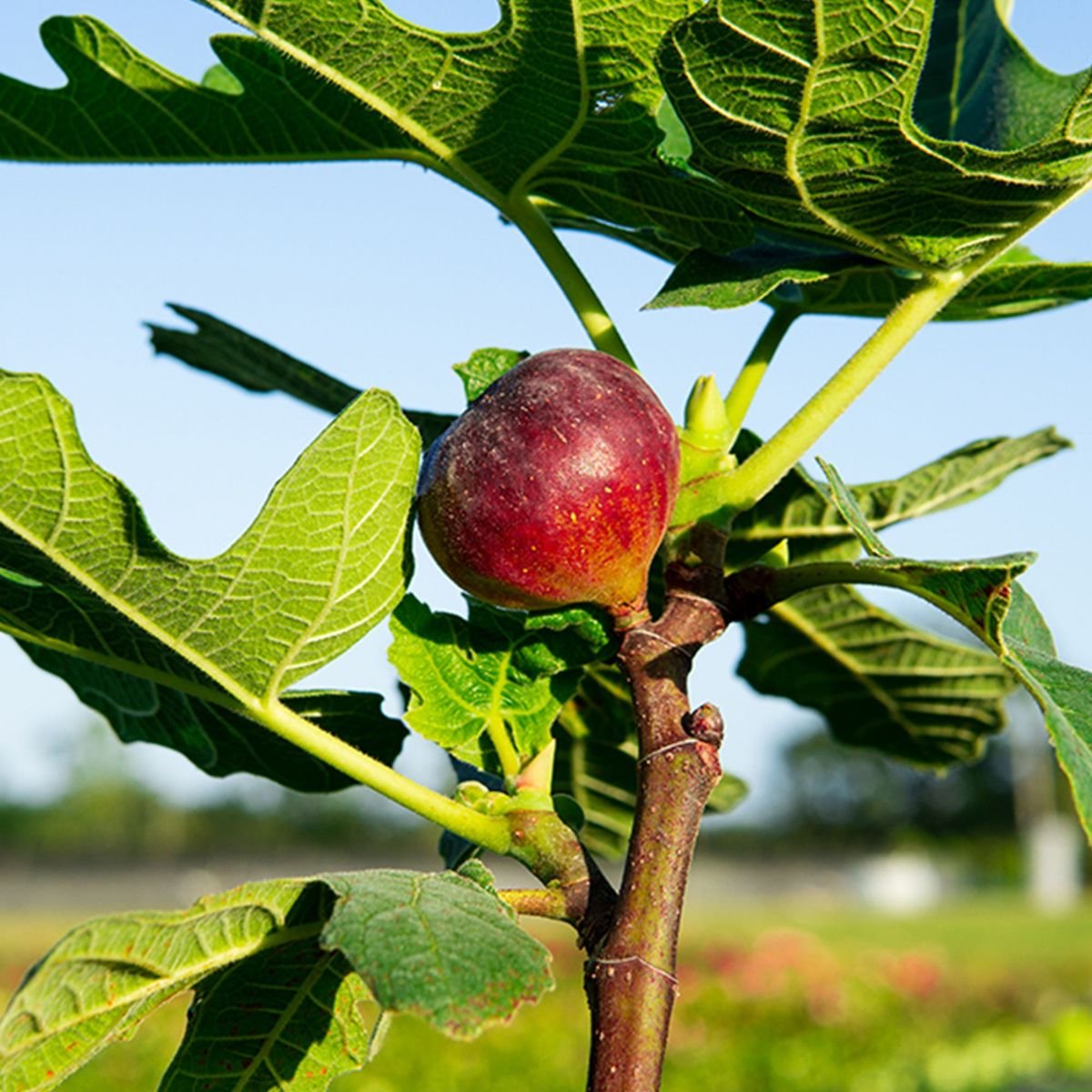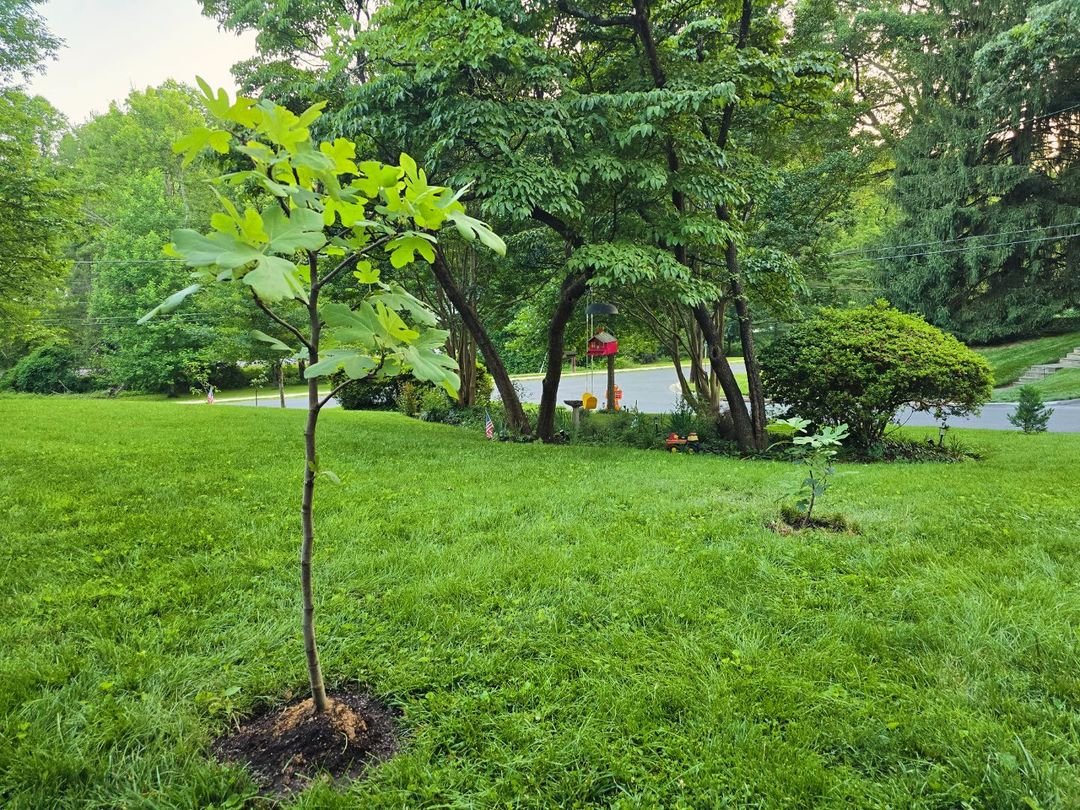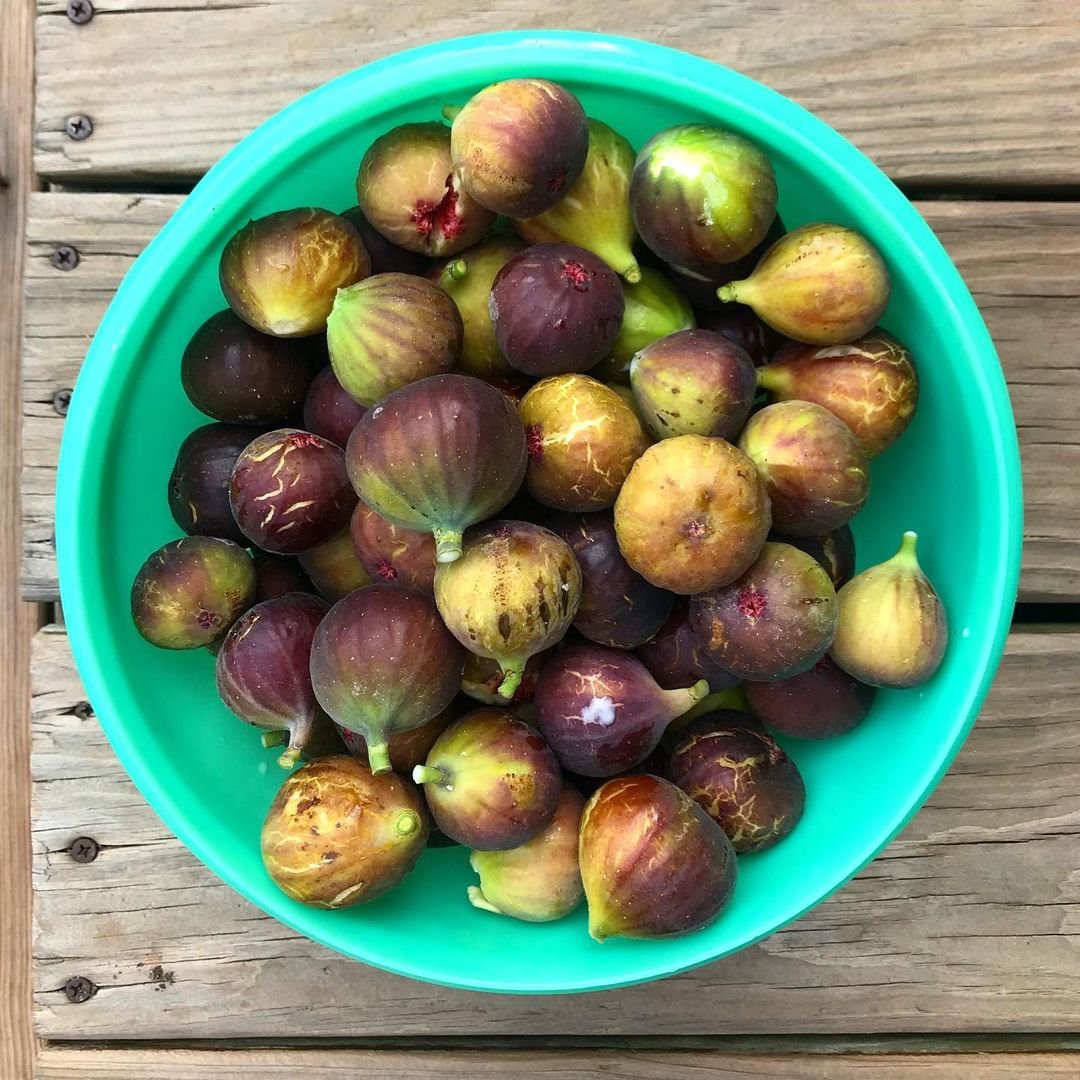Growing Fig Trees can be a rewarding experience for gardeners and homeowners alike. This article provides a comprehensive guide on how to cultivate and care for fig trees, covering everything from selecting the right variety to planting, pruning, and harvesting. Whether you’re a seasoned green thumb or a beginner, this information will equip you with the knowledge to successfully grow and enjoy the sweet, juicy fruits of your very own fig tree.
Fig trees are a delightful addition to any garden or landscape, offering not only their sweet, delectable fruits but also their ornamental value with their beautiful foliage and unique growth habit. Whether you’re a seasoned gardener or a newcomer to the world of fig cultivation, this guide will provide you with the essential knowledge and tips to successfully grow and enjoy your very own fig tree.
Choosing the Right Variety
The first step in growing fig trees is to select the appropriate variety for your climate and growing conditions. There are hundreds of fig varieties available, each with its own unique characteristics, such as fruit size, color and ripening time. Some popular varieties for home gardeners include:
Brown Turkey

Here’s a concise information chart about the Brown Turkey fig:
| Category | Details |
|---|---|
| Scientific Name | Ficus carica ‘Brown Turkey’ |
| Common Names | Brown Turkey fig, Common fig |
| Family | Moraceae |
| Origin | Western Asia, Middle East |
| Plant Type | Deciduous tree |
| Height | 10 to 30 feet (3 to 9 meters) |
| Spread | 10 to 20 feet (3 to 6 meters) |
| Fruit Color | Brown to purple |
| Fruit Size | Medium to large |
| Fruit Season | Summer to early fall |
| Sun Requirements | Full sun |
| Soil Requirements | Well-drained soil, tolerates various soil types |
| Water Requirements | Moderate, drought-tolerant once established |
| USDA Hardiness Zones | 7 to 11 |
| Pollination | Self-pollinating |
| Uses | Edible fruit, fresh eating, preserves, drying |
| Pests/Diseases | Fig rust, root-knot nematodes, fig mosaic virus |
| Special Features | Cold-hardy, prolific bearer |
A reliable and hardy variety that produces sweet, brownish-purple fruits.
Celeste

Here’s a concise information chart about the Celeste fig:
| Category | Details |
|---|---|
| Scientific Name | Ficus carica ‘Celeste’ |
| Common Names | Celeste fig, Sugar fig |
| Family | Moraceae |
| Origin | Western Asia, Middle East |
| Plant Type | Deciduous tree |
| Height | 10 to 15 feet (3 to 4.5 meters) |
| Spread | 10 to 15 feet (3 to 4.5 meters) |
| Fruit Color | Light brown to violet |
| Fruit Size | Small to medium |
| Fruit Season | Summer |
| Sun Requirements | Full sun |
| Soil Requirements | Well-drained soil, prefers loamy soil |
| Water Requirements | Moderate, drought-tolerant once established |
| USDA Hardiness Zones | 6 to 10 |
| Pollination | Self-pollinating |
| Uses | Edible fruit, fresh eating, preserves, drying |
| Pests/Diseases | Fig rust, root-knot nematodes, fig mosaic virus |
| Special Features | Cold-hardy, excellent flavor, closed eye (resistant to splitting) |
A cold-hardy variety that yields small to medium-sized, light brown fruits with a rich, sweet flavor.
Black Mission

Here’s a concise information chart about the Black Mission fig:
| Category | Details |
|---|---|
| Scientific Name | Ficus carica ‘Black Mission’ |
| Common Names | Black Mission fig, Mission fig |
| Family | Moraceae |
| Origin | Introduced to the Americas by Spanish missionaries |
| Plant Type | Deciduous tree |
| Height | 10 to 30 feet (3 to 9 meters) |
| Spread | 10 to 30 feet (3 to 9 meters) |
| Fruit Color | Dark purple to black |
| Fruit Size | Medium to large |
| Fruit Season | Summer and fall (two crops per year) |
| Sun Requirements | Full sun |
| Soil Requirements | Well-drained soil, tolerates various soil types |
| Water Requirements | Moderate, drought-tolerant once established |
| USDA Hardiness Zones | 7 to 10 |
| Pollination | Self-pollinating |
| Uses | Edible fruit, fresh eating, preserves, drying |
| Pests/Diseases | Fig rust, root-knot nematodes, fig mosaic virus |
| Special Features | High yield, sweet and rich flavor |
A popular variety known for its large, dark purple fruits and excellent flavor.
Chicago Hardy

Here’s a concise information chart about the Chicago Hardy fig:
| Category | Details |
|---|---|
| Scientific Name | Ficus carica ‘Chicago Hardy’ |
| Common Names | Chicago Hardy fig, Bensonhurst Purple fig |
| Family | Moraceae |
| Origin | Unknown, named for its cold hardiness in Chicago |
| Plant Type | Deciduous tree or shrub |
| Height | 10 to 15 feet (3 to 4.5 meters) |
| Spread | 9 to 12 feet (2.7 to 3.6 meters) |
| Fruit Color | Dark purple to black |
| Fruit Size | Small to medium |
| Fruit Season | Summer to early fall |
| Sun Requirements | Full sun |
| Soil Requirements | Well-drained soil, tolerates various soil types |
| Water Requirements | Moderate, drought-tolerant once established |
| USDA Hardiness Zones | 5 to 10 |
| Pollination | Self-pollinating |
| Uses | Edible fruit, fresh eating, preserves, drying |
| Pests/Diseases | Fig rust, root-knot nematodes, fig mosaic virus |
| Special Features | Extremely cold-hardy, reliable fruit producer |
A cold-tolerant variety that performs well in cooler climates.
When selecting a variety, consider your local climate, growing zone and personal preferences regarding fruit size, color and flavor.
Planting Your Fig Tree

Once you’ve chosen your fig variety, it’s time to plant your tree. Fig trees thrive in well-draining soil and full sun exposure. Here are the steps to follow:
Site Selection
Choose a spot that receives at least 6-8 hours of direct sunlight per day and has well-draining soil.
Soil Preparation
Amend the planting area with compost or well-rotted manure to improve soil quality and drainage.
Planting
Dig a hole that is twice as wide as the root ball and slightly shallower than the depth of the root ball. Gently place the tree in the hole, making sure the root ball is level with the surrounding soil.
Backfilling
Backfill the hole with the amended soil, gently tamping it down to remove any air pockets.
Caring for Your Fig Tree

Proper care and maintenance are essential for ensuring a bountiful harvest and a healthy, long-lasting fig tree. Here are some tips for caring for your tree:
Watering
Fig trees require regular watering, especially during the first year of establishment and during periods of drought. Water deeply, allowing the soil to dry out slightly between waterings.
Mulching
Apply a 2-3 inch layer of organic mulch around the base of the tree to help retain moisture and suppress weeds.
Pruning
Fig trees benefit from annual pruning to promote air circulation, remove dead or diseased branches, and encourage fruit production. Prune in late winter or early spring before new growth emerges.
Fertilizing
Fertilize your fig tree in early spring with a balanced, slow-release fertilizer to provide essential nutrients for growth and fruit production.
Winter Protection
In colder climates, fig trees may require protection during the winter months. Insulate the trunk and lower branches with a thick layer of mulch or wrap them with burlap or other insulating material.
Harvesting and Enjoying Your Figs

One of the most rewarding aspects of growing fig trees is harvesting and enjoying their delicious fruits. Figs typically ripen in late summer or early fall, with different varieties ripening at different times. Here are some tips for harvesting and enjoying your figs:
Ripeness Indicators
Ripe figs will be slightly soft to the touch and may begin to droop or hang downwards from the tree.
Harvesting
Carefully twist or cut the stem just above the fruit, being careful not to damage the delicate skin.
Storage
Fresh figs have a short shelf life and should be consumed or preserved within a few days of harvesting. Store them in the refrigerator for up to a week.
Preserving
If you have an abundance of figs, consider preserving them by drying, freezing, making jams or preserves.
Enjoying
Figs can be enjoyed fresh, used in baking or incorporated into a variety of sweet and savory dishes.
Growing fig trees can be a rewarding and enjoyable experience, providing you with a bountiful harvest of sweet, delicious fruits. By following these tips and giving your fig tree the proper care and attention, you’ll be well on your way to creating a thriving and productive fig tree that will be a beautiful addition to your garden for years to come.
Pingback: Alliums: The Complete Guide to Growing from Planting Bloom
Pingback: The Ultimate Guide to Podocarpus - gardenschool
Pingback: Fantastic Trees That Start With ‘F’: A Nature Lover’s Guide
Pingback: Hops Heaven: A Step-by-Step Guide to Growing Hops at Home